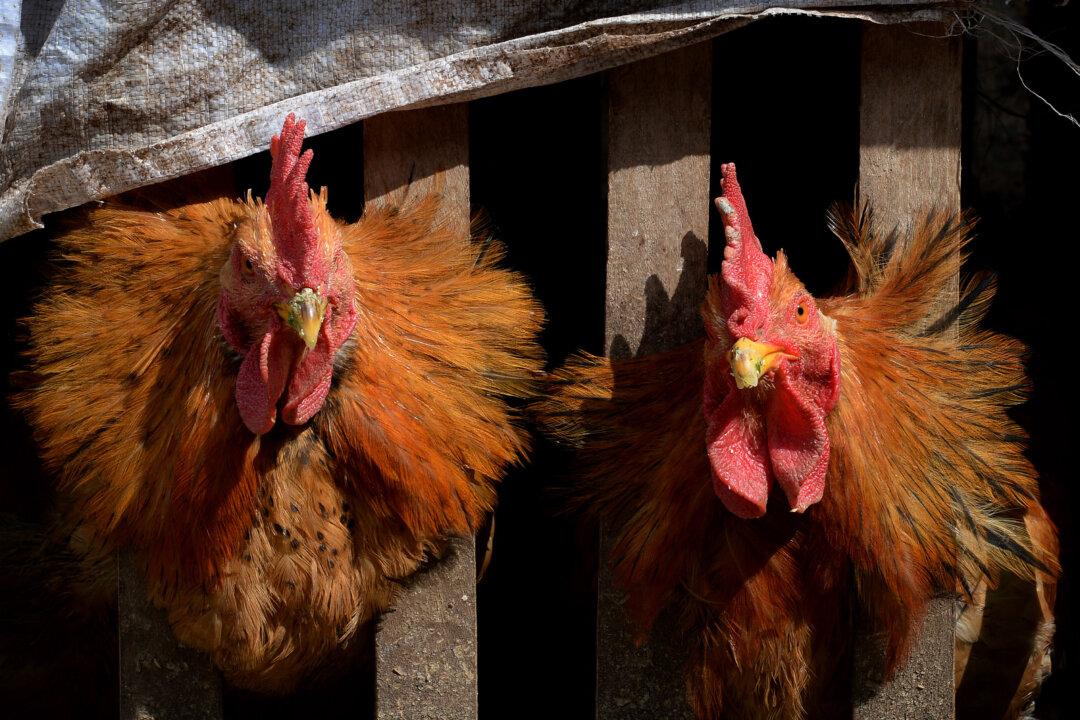A woman who recently traveled to China has tested positive for H7N9 avian influenza, Canadian officials confirmed Monday.
This is the first documented case of bird flu infection of a human in North America.
The individual returned to British Columbia, Canada, on Jan. 21, and was not symptomatic when traveling. She became sick after returning home and did not require hospitalization, according to the Public Health Agency of Canada. The Agency believes it was highly likely the individual was infected in China.
The woman was traveling with her husband, who is also sick with influenza-like illness, and its believed that he too is affected, but test results are still pending, according to a deputy British Columbia health officer who spoke to the Canadian Press newswire.


